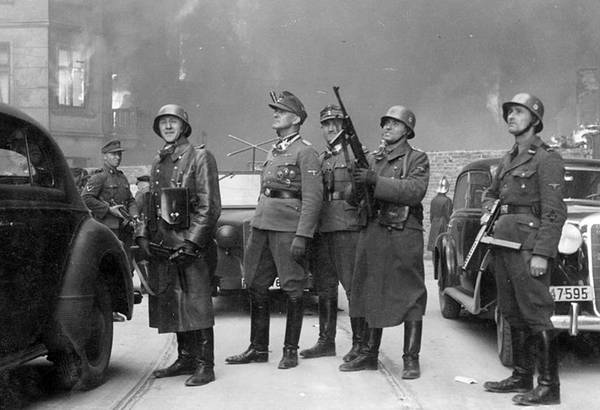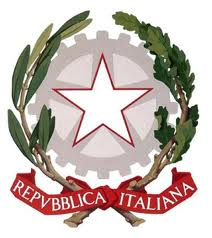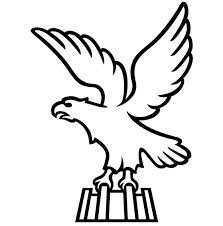Jewish uprising in Warsaw ghetto, commemoration in Rome
Polish Embassy and Ucei, a yellow narcissus in order to remember
19 April, 12:33The remembrance ceremony will take place in the gardens of the Polish diplomatic headquarters in Rome on April 20.
Representatives of the Jewish and Polish communities, Italian authorities and diplomats will attend the event. The chargé d'affaires Marta Zielinska-Sliwka and the president of Ucei, Noemi Di Segni, will give the official speeches.
Each guest on his arrival will receive a yellow narcissus, as a symbol of adhesion to the educational and information campaign "Narciso" promoted by the Polish History Museum of Polish Jews "POLIN" which has reached this year its sixth edition: over 1,500 volunteers offer to passers-by in Warsaw a paper narcissus, symbol of the remebrance of the uprising. Schools, libraries and institutions from all over Poland take part in this celebration. One of the survivors of the ghetto uprising was Marek Edelman, the last commander of the ZOB (Zydowska Organizacja Bojowa - Jewish Combat Organization, Yiddishe Kampf Organizatzie), a Jewish resistance movement during the Second World War that was based in the Warsaw ghetto.
Some members of the ZOB participated, along with the Polish resistance, in the Warsaw uprising (August 1- October 3,1944).
Every April 19, on the anniversary of the insurrection, Edelman used to put a bouquet of yellow flowers under the monument dedicated to the Heroes of the Warsaw Ghetto. It was the first uprising in a European city occupied by the Nazis, the largest revolt of the Jews during the Second World War and the first in which a group of Jews defended themselves in an organized manner. During the fighting, about seven thousand Jews lost their lives and another six thousand died burned or suffocated in their houses or in underground bunkers. The remaining 50,000 inhabitants were deported to various extermination camps, most of them to Treblinka camp. (ANSA).














